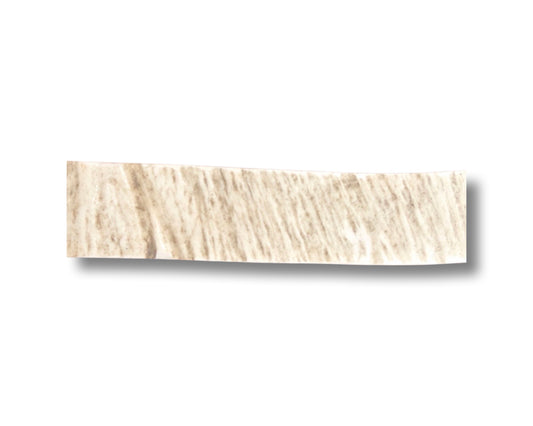Collection: Moose Antler Dog Chews
 All-Natural Moose Antler Dog Chews – Perfect for Large & Aggressive Chewers
All-Natural Moose Antler Dog Chews – Perfect for Large & Aggressive Chewers
Treat your dog to one of nature’s toughest, longest-lasting chews. Our Moose Antler Dog Chews are made from 100% wild-shed moose antlers — no additives, no preservatives, just pure chewing satisfaction.
Moose antlers are the largest and broadest of all antler types, making them ideal for large breeds, aggressive chewers, and dogs that love a challenge. Unlike deer or elk antlers, moose antlers feature two chew zones:
-
Paddles – flatter and softer, ideal for older dogs or gentler chewers
-
Tines/Beams – denser and more durable, perfect for power chewers
These chews help naturally scrape plaque from teeth, support dental health, and provide mental stimulation — all while being odor-free and mess-free in your home.
Sourced from the forests of North America, our moose antlers are carefully cleaned, hand-cut, and inspected to ensure the highest quality. Every chew is:
-
Naturally shed & eco-friendly
-
Full of minerals like calcium and phosphorus
-
Long-lasting and safe for supervised chewing
Give your dog a chew that works as hard as they do. Moose antlers are the ultimate natural solution for heavy-duty chewers.

 All-Natural Moose Antler Dog Chews – Perfect for Large & Aggressive Chewers
All-Natural Moose Antler Dog Chews – Perfect for Large & Aggressive Chewers










